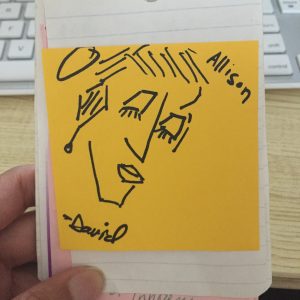Last year, I wrote a few blog posts about my portfolio updates and research process. Yet I’ve never shared my full findings. I hoped I’d be able to present my findings at UX Camp 2020, after giving a talk in 2019. But it’s 2020 and everything is cancelled.
In lieu of that, I’ve decided to share snippets of my research here on my blog. I’ve also included links to my previous, portfolio-related posts.
Enjoy and please share feedback in the comments.
Update: I’ve made changes to this post. A few weeks ago, I had included the whole presentation, but I’d prefer to keep that to myself for now.
I. Portfolio Resources
Contents
- Part 1 – Overview: Introduction, methodology, and general caveats. Or, why I conducted this research, how I analyzed my findings, and what to keep in mind when reviewing the findings.
- Part 2 – Review: Analysis and quantitative findings. Includes examples of tools, labels, images, layouts, and more.
- Part 3 – Summary & Final Thoughts: Summary of findings in Part 2 and final thoughts for designers and hiring managers.
II. Previous Portfolio Blog Posts
A few of my previous posts about my process and portfolio updates.
Sept 17 2019: Portfolio Resources. A collection of sites, tools, and people I learned about during my research. Organized into the following lists:
- Sites – Guides, essays, and portfolio collections
- Tools – What people use to create their portfolio
- People – A small handful of portfolios
Nov 4, 2019: Portfolio: Pólya Principles Applied. This post is about how I used ideas by the mathematician, George Pólya, to break down my portfolio issues into manageable subtasks. I’d written about Póyla‘s method, a few weeks earlier.
Nov 11, 2019: My Tachyons Portfolio. A review into the [then] state of my portfolio and thoughts for the future. This post occurred after my research, so I go into design questions. It also gets into some of the questions I hoped to uncover with my research.
- How many portfolios are from students and do they seem different?
- What types of profile images to designers use of themselves?
- What is the most common greeting on portfolios?
- How many designers use their own domain?
- What do most people use to create their portfolio?
Thoughts? Questions? Feedback?
I found the results really surprising! How about you? I’m very interested in your feedback. Did you find this information helpful? Was it surprising? Do you have questions? Comments are open below.
If you’d prefer to leave an email, please visit alliwalk.com for my email address.










